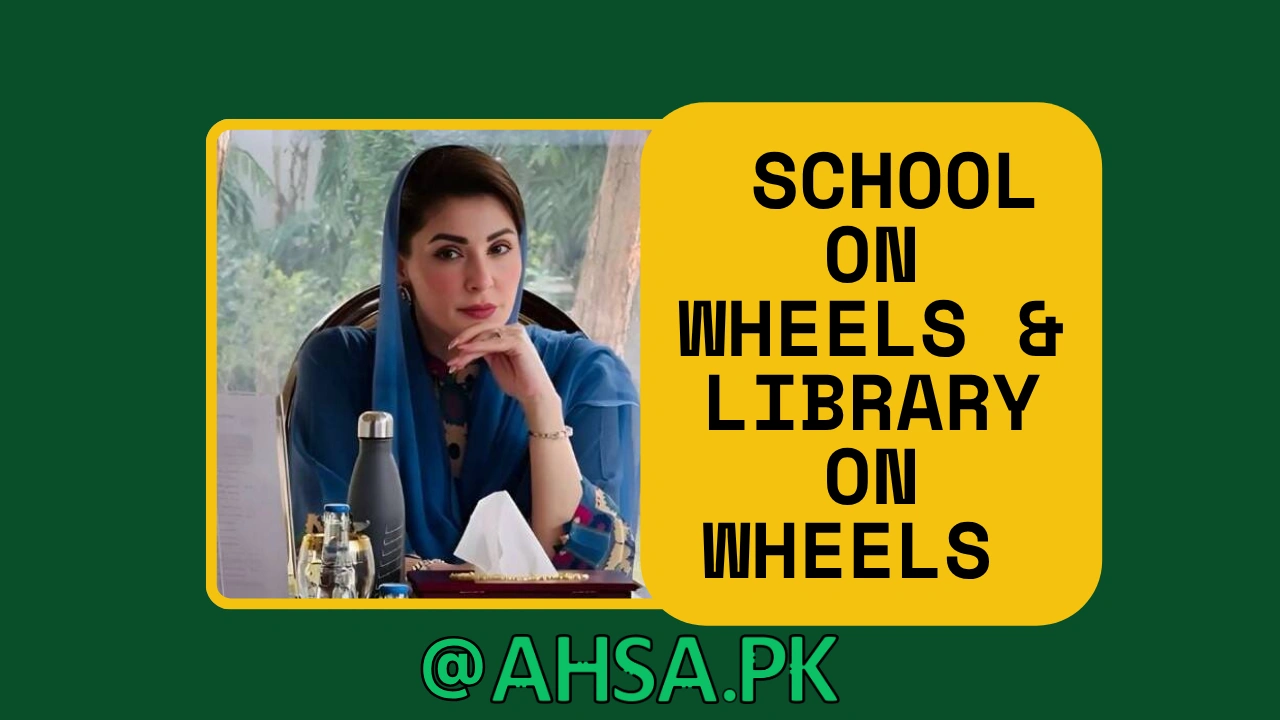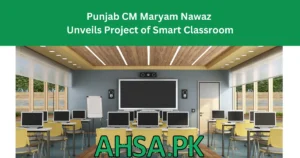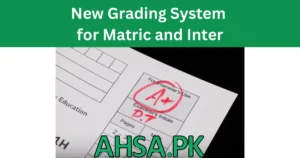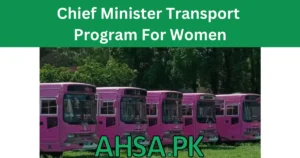In a groundbreaking move to address educational inequality in Pakistan, “School on Wheels” and “Library on Wheels,” two transformative mobile education initiatives by Punjab Chief Minister Maryam Nawaz, have officially launched. These innovative programs represent a paradigm shift in how education reaches underserved communities across Punjab’s rural and peri-urban areas.
What Are School on Wheels and Library on Wheels?
School on Wheels: Education That Comes to You
The School on Wheels program deploys specially designed, solar-powered e-rickshaws equipped with cutting-edge educational technology. These mobile classrooms feature collapsible chairs, solar roofing systems, and comprehensive learning materials designed to deliver quality primary education directly to children’s doorsteps.
Library on Wheels: Bringing Literature to Remote Areas
Complementing the School on Wheels initiative, the Library on Wheels program transforms communities by providing access to storybooks, art supplies, and educational toys. This mobile library system ensures that children in areas without fixed educational infrastructure can still access literary resources and creative learning opportunities.
Read it: Chapter 10 Class 11 Maths Complete Video Solution
Key Features and Technology
Solar-Powered Sustainability
Both programs utilize renewable energy technology through solar panels, ensuring uninterrupted educational services even in areas with limited electrical infrastructure. This environmentally conscious approach aligns with global sustainability goals while maintaining operational efficiency.
Mobile Classroom Equipment
- Collapsible seating arrangements for flexible learning spaces
- Solar-powered roofing systems
- Interactive learning materials
- Educational toys and creative supplies
- Age-appropriate storybooks and reading materials
Addressing Pakistan’s Educational Challenges
With Punjab’s literacy rate estimated at around 77.5% in 2024, these mobile education initiatives target the most vulnerable populations. The literacy rate varies significantly across regions, with Punjab achieving approximately 70%, while less developed areas like Balochistan lag at about 40%.
Rural Education Crisis
Non-formal education centers have been helping children study in remote communities, but the School on Wheels and Library on Wheels programs represent a more comprehensive and technologically advanced approach to rural education delivery.
Download Class 11 New Books in PDF – Punjab Textbook Board
Impact on Educational Accessibility
Reaching Underserved Communities
These mobile learning platforms specifically target
- Rural villages with limited school infrastructure
- Peri-urban areas lacking educational resources
- Communities with transportation challenges
- Areas where traditional schooling faces cultural or economic barriers
Promoting Gender Equality in Education
Special attention has been given to female education, as gender disparities in literacy rates remain a pressing issue. The mobile education programs help overcome cultural barriers that often prevent girls from accessing traditional schooling by bringing education directly to their communities.
Government Commitment to Educational Reform
Chief Minister Maryam Nawaz emphasized these initiatives as part of her administration’s broader strategy to improve literacy rates and educational access across Punjab. This aligns with Article 25-A of Pakistan’s Constitution, which makes it obligatory for the state to provide free and compulsory quality education to children aged 5 to 16 years.
Integration with National Education Goals
The mobile education programs support Pakistan’s commitment to improving foundational literacy and numeracy competencies of teachers and children at primary levels and addressing the challenge of educational accessibility in remote areas.
Technology and Innovation in Education
Digital Learning Solutions
Building on successful models like previous School on Wheels projects that equipped buses with computers, desks, whiteboards, and LCDs, Punjab’s new initiative incorporates advanced technology to create immersive learning environments.
Sustainable Education Model
The solar-powered design ensures these programs can operate independently of traditional power grids, making them ideal for remote areas where electrical infrastructure is limited or unreliable.
Expected Outcomes and Benefits
Immediate Impact
- Increased primary education enrollment in underserved areas
- Enhanced literacy rates in rural and peri-urban communities
- Improved access to educational materials and creative resources
- Reduced educational inequality between urban and rural areas
Long-term Educational Transformation
- Strengthened foundation for higher education participation
- Improved economic opportunities for rural communities
- Enhanced gender parity in education access
- Sustainable educational infrastructure development
Read it: VU All Subjects Final Term Past Papers Solved
How the Programs Work
Operational Framework
The School on Wheels and Library on Wheels operate on a scheduled rotation system, ensuring consistent educational service delivery to targeted communities. Each mobile unit follows predetermined routes to maximize coverage and impact.
Community Integration
These programs work closely with local community leaders and parents to ensure cultural sensitivity and maximum participation. The mobile nature allows for flexible scheduling that accommodates local customs and seasonal work patterns.
Expansion Plans and Future Vision
The Punjab government has indicated plans to expand these programs based on initial success metrics. Future developments may include:
- Increased fleet size to cover more remote areas
- Integration of advanced digital learning technologies
- Collaboration with international education organizations
- Expansion to other provinces in Pakistan
Frequently Asked Questions (FAQs)
What age groups do these programs target?
The School on Wheels primarily focuses on primary education levels (ages 5-11), while the Library on Wheels serves children of all ages with age-appropriate materials and activities.
How are the locations for mobile education units selected?
Priority is given to areas with limited educational infrastructure, low literacy rates, high poverty levels, and significant transportation barriers to traditional schools.
What subjects are taught in the School on Wheels?
The curriculum includes foundational subjects such as mathematics, language arts, science, and creative activities designed to develop critical thinking and problem-solving skills.
How often do these mobile units visit each location?
The frequency depends on community needs and geographical considerations, but most locations receive visits 2-3 times per week to ensure educational continuity.
Are these programs completely free?
Yes, both School on Wheels and Library on Wheels are completely free public services provided by the Punjab government as part of its commitment to universal education access.
How do these programs ensure educational quality?
Qualified teachers staff the mobile units, and the curriculum aligns with national educational standards. Regular assessments and community feedback help maintain and improve service quality.
What happens during bad weather or technical issues?
The solar-powered systems are designed to be weather-resistant, and backup procedures ensure minimal service disruption. Technical support teams provide rapid response for any equipment issues.
How can communities request these services?
Communities can contact local education department offices or designated government representatives to request mobile education services for their areas.
Do children receive certificates or official recognition for their learning?
Students participating in these programs receive certificates and can transition into formal schooling systems, with their learning progress officially recognized.
How is the success of these programs measured?
Success metrics include enrollment numbers, literacy improvement rates, community participation levels, and long-term educational outcomes tracking.
Related Educational Initiatives
Punjab’s mobile education programs complement other national and international efforts to improve educational access in Pakistan:
- UNICEF Pakistan’s Rural Education Programs
- Global Partnership for Education in Pakistan
- World Bank Education Projects in Pakistan
- UNESCO Pakistan Education Initiatives
Conclusion: A New Era of Educational Accessibility
The launch of School on Wheels and Library on Wheels represents more than just innovative transportation solutions for education—it symbolizes Punjab’s commitment to ensuring no child is left behind due to geographical or economic constraints. By leveraging solar technology and mobile platforms, these programs demonstrate how creative thinking and government commitment can overcome traditional barriers to education.
As Pakistan continues to work toward improving its overall literacy rate from the current 62-68%, initiatives like these mobile education programs provide hope and practical solutions for reaching the most marginalized communities. The success of these programs in Punjab could serve as a model for educational innovation across Pakistan and other developing nations facing similar challenges.
Through sustained commitment to these innovative approaches, Punjab is paving the way for a more educated, equitable, and prosperous future for all its citizens, regardless of their geographical location or economic circumstances.
Keywords: Punjab education initiative, School on Wheels Pakistan, mobile education programs, rural education solutions, literacy improvement Pakistan, solar-powered education, educational technology Pakistan, mobile library services, Chief Minister Maryam Nawaz education policy, educational accessibility Punjab, rural learning initiatives, sustainable education programs, educational inequality solutions Pakistan




